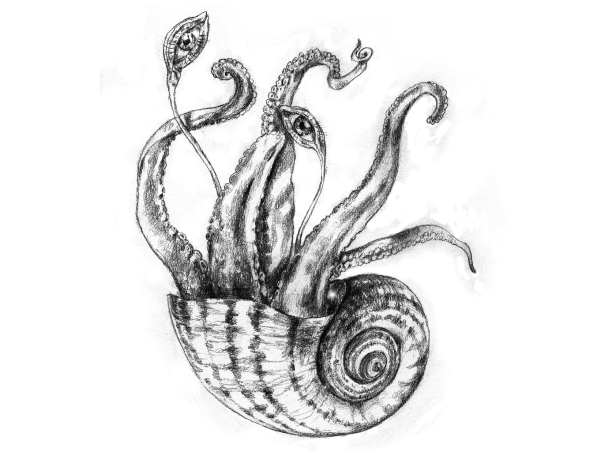Creative practices have the potential to reach, inspire and activate people and organizations beyond those involved directly in their practice. This can happen both through people directly engaging with the creative practice itself - viewing or participating in it - or through secondary representations and communications, for instance through other media, including social media and mainstream media outlets.
Inspiration can be understood as a combination of increased emotional energy and the opening of perceived possibilities:
1) Creative practices, especially communal practices, can provide increased emotional energy for those who engage (Collins, 2005, p.39);
This emotional energy fuels, and is fueled by another side of inspiration:
2) The opening new spaces for imagination and action through new ideas, imagery, stories and more. New discourses, imaginaries (Milkoreit, 2017) and 'communities of meaning' can develop (Fine, 1995).
This understanding of inspiration can be combined with insights into the different ways practices and ideas can be amplified and 'scaled' - the ways spread and influence beyond their own existence (Lam et al., 2022).
Creative practices can 'scale out' - which means they are repeated in some (adapted) form elsewhere. If a creative practice is understood to have transformative potential in other dimensions, this kind of re-articulation can be valuable (Lam et al., 2022).
Creative practices can 'scale up'. This means that higher level organizational and institutional structures change to support the flourishing this kind of creative practice (Lam et al., 2022).
Creative practices can also 'scale across' (Mitlin, 2021)- which means that their methods and approaches are applied in other contexts. This is where the methods applied in creative practice contexts could for instance be used in the development of concrete policy ideas. New concepts and metaphors are a leading force of change in policy contexts.
Finally, creative practices can 'scale through' (Mitlin, 2021) - which means that the skills, capabilities and lessons developed through the creative practice spread and are used to engage with other issues.
The shapes of existing networks and new networks forming around the creative practice are important for the ways in which inspiration spreads. Specifically, small group interactions and personal relationships are key to inspiration (Rossman, 2012).




